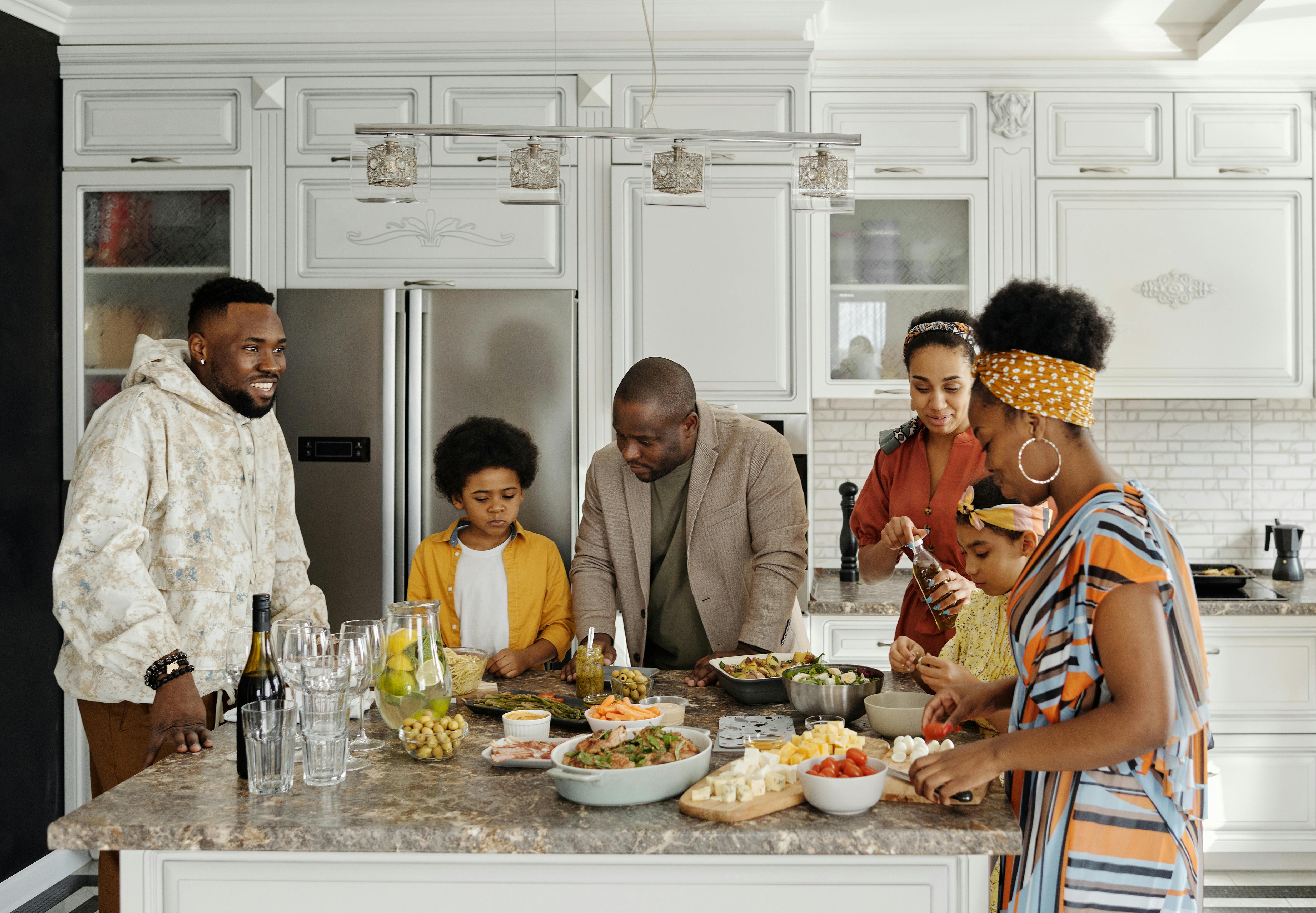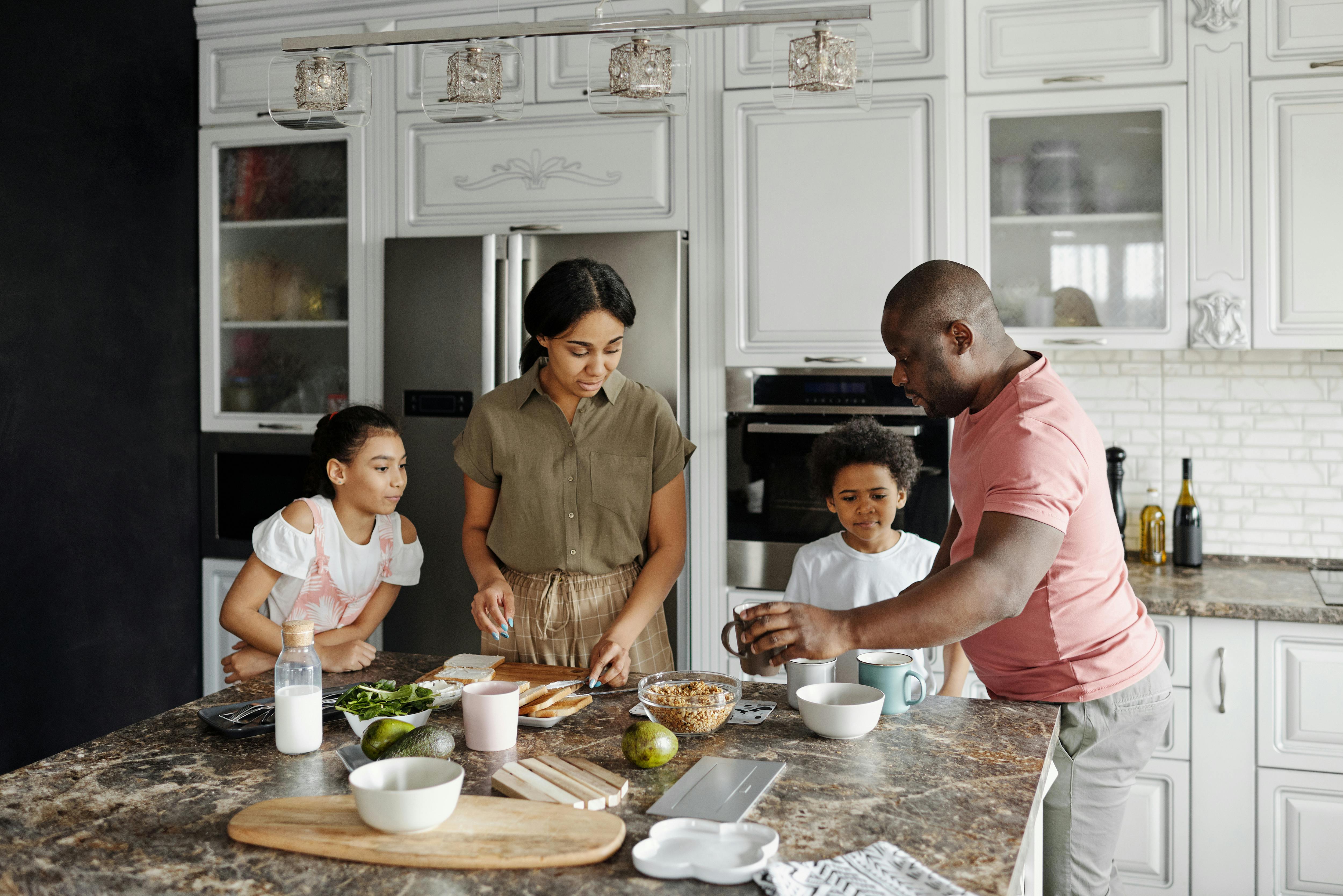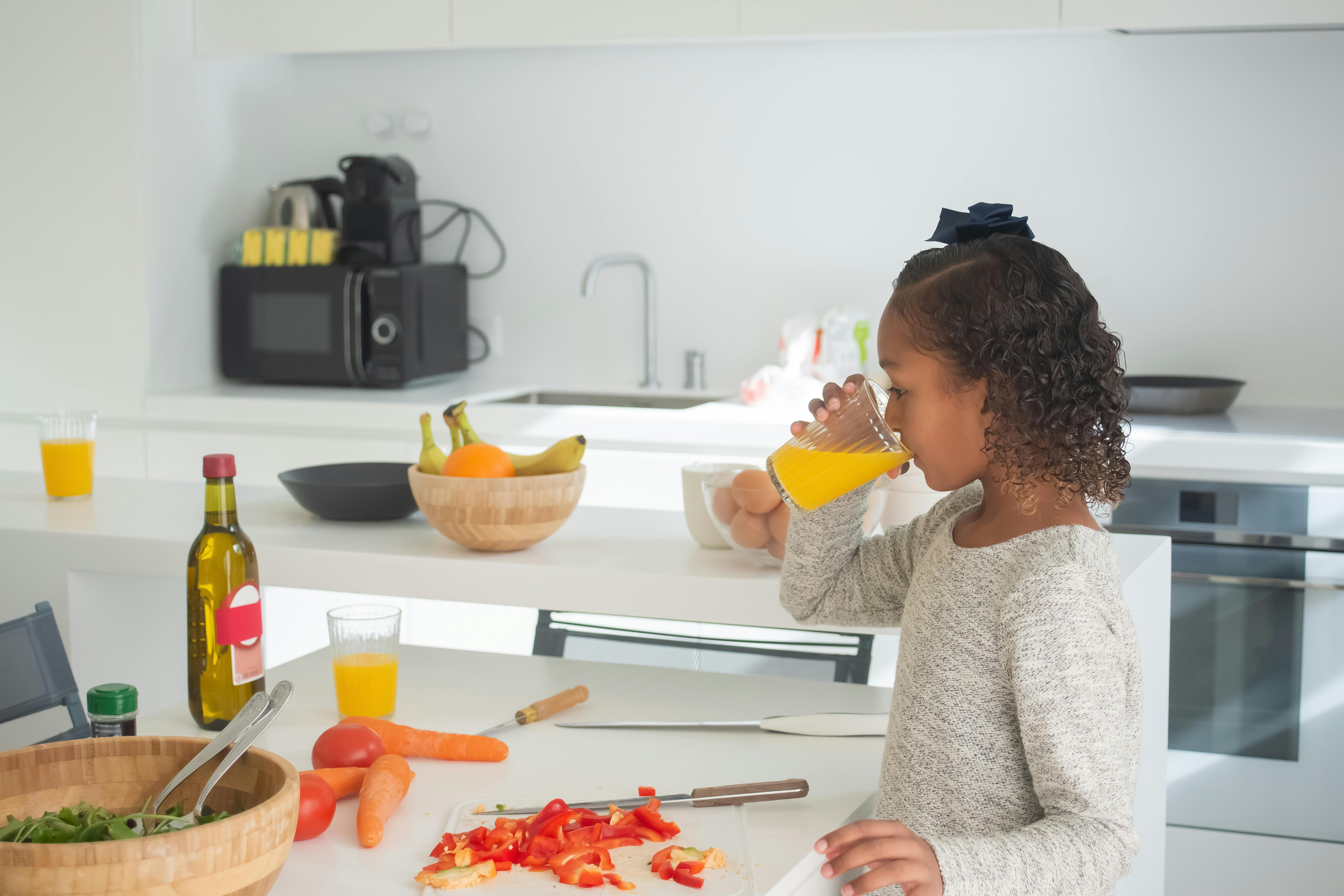Well, you’ve made your decision: your bathroom needs a face lift! The next question is “Where do I start?” This very simple question creates the foundation for your project.
This article provides a “road map” to help you make sure your bathroom remodel is a success. Through careful planning, you’ll save money, time, and (most importantly) pain and frustration. The following issues must be determined before hiring a contractor. This way (if you get multiple estimates) you will have “apples for apples” estimates, as each contractor will know exactly why he is bidding.
There are numerous decisions to be made when remodeling your bathroom. These decisions will not only determine the cost of the project, but will have a direct impact on the success (or failure) of the final product. It is critical that you spend sufficient time addressing these issues before you begin work. As with any home renovation, planning is the key.
One of the best ways to start planning is to draw up a simple floor plan of the bathroom space, including the size of each wall. From here, you can start putting the puzzle pieces together.
Here are some basic questions to ask yourself:
o What is your proposed budget? If you can answer this question first, the material selection process will be much easier. Case in point: Tile (material only) is priced from $1.50 to $30.00 per square foot! Considering that an average bathtub enclosure is around 80 square feet, the price difference in tile selection alone can change the cost of the project by thousands of dollars.
o Are you keeping the same bathroom configuration as the existing design? When moving walls or changing the layout, framing, electrical, plumbing, and drywall work is required. Replacing existing components (without relocation) is the most cost-effective way to remodel your bathroom.
o Bathtub or shower: Are you replacing the bathtub? Or are you turning the bathtub into a shower? When converting a bathtub to a shower, additional costs will be incurred related to relocating the plumbing drain, shower valve, construction and sealing of the shower pan, among other things.
o Shower or Tub Enclosure: Do you want a fiberglass or tile surround? If it is a shower; Do you want a fiberglass shower tray or a tile? Fiberglass precast units are (of course) more cost effective than tiles, however tiles are much more aesthetically appealing.
o Tile selection: Stone, tile (ceramic or porcelain), marble? Same tile for floor and cladding? Any decorative tile additions? Shampoo corners? shower seat? The material and color options are almost as endless as the prices.
o Floor covering: Do you use the same material as the tub/shower enclosure? Wooden base plate or tiles? The wooden base is more profitable, however, the tile looks much more elegant.
o Wallcovering: Paint, wallpaper, tile, or a combination?
o Dressing table: Type of wood? Painted or stained? Low Profile (31 1/2″ tall) or Regular (34 1/2″ tall)? Master baths are typically 34 1/2″ high, while secondary or hallway baths typically use low-profile cabinets.
o Vanity: Granite, tile, prefab?
o Sink: Surface mount or undermount?
o Toilet: round or elongated? White or special color? Prices change dramatically for “designer” toilets and even the choice of color can change the cost of the fixture.
o Lighting: wall mount or recessed lighting? Relocate lighting (which requires electrical and drywall work)? Install or replace exhaust fan? Keeping fixtures in the same location will (of course) save you money.
o Shower or tub door: Same configuration as existing (sliding or hinged)? Once again, the door options “run the gamut” when it comes to pricing.
or Replace a window? Standard upgrade or replacement (standard window replacement involves stucco/siding and drywall repair)?
o Bathroom door: Replace existing bathroom door? Same style? Paint or stain? Hollow core or solid core? Door pre-hung or replaced? Do you use existing door leg?
o Hardware: Style and finishes for shower door, vanity cabinet knobs, sink faucet, towel bars? The price of accessories changes dramatically when it comes to design options and materials.
Below are some basic space guidelines provided by the National Kitchen and Bath Association:
sink
or 15″ (38 cm) or more clearance from the centerline of the sink bowl to a wall or similar obstruction.
o 30″ (76 cm) or more clearance between centerlines of double bowl sinks.
o At least 30″ x 48″ (76 cm x 122 cm) of free floor space in front of sink.
Toilet / Bidet
or 16″ (41 cm) from the centerline of a toilet or bidet to a wall or similar obstruction, or adjacent fixture.
o At least 48″ x 48″ (122 cm x 122 cm) of free floor space in front of the toilet or bidet.
Bath / Shower
o Shower size large enough to use comfortably, at least 34″ x 34″ (86.36 cm x 86.36 cm).
o Tub size large enough to use comfortably.
o At least 60″ x 30″ (152 cm x 76 cm) of free floor space in front of the shower/tub.
General information
o The entrance door to the bathroom is hinged so that it does not interfere with people in front of the appliances.
o Facilities located so that more than two people can use the space comfortably.
o Toilet and bidet in separate compartments or protected from the view of the entrance.
Security requirements
o Non-slip flooring used throughout the space.
o Ground fault circuit interrupter electrical receptacles used.
o Electrical switches placed away from the bathtub or shower.
o Grab bars at the entrance to the shower/bathtub and inside the enclosure.
o Tub and/or shower with easy entry and exit.
o There are no steps in the tub or shower.
o Safety glazing in glass used for shower doors.
o The shower door swings into the bathroom, not into the shower enclosure.
o Bench/seat included in shower enclosure.
o Balanced pressure water control valves used in the shower.
o Water temperature regulating valves used in the shower.
storage requirements
o Adequate counter or shelf space around sink.
o Adequate storage for personal care equipment, toiletries, bedding, etc., 15″ to 48″ (38 cm to 122 cm) above the floor.
o Towel bars/rings located within reach of fixtures.
o Storage space for bath linens and paper products provided.
o Storage space for shampoo and other in the shower/tub area, between 15″ and 48″ (38 cm – 122 cm) above the floor.
Mechanical System Requirements
o An efficient ventilation system is part of the plan.
o The bathroom heating system will keep the space comfortably warm.
o Task lighting provided in each functional area.
In closing, remodeling your bathroom is an exciting endeavor and (with proper planning) one that can give you and your family years of enjoyment; Not to mention improving the value and resale potential of your home.
steve frick
Paul Davis Restoration, San Diego, CA



